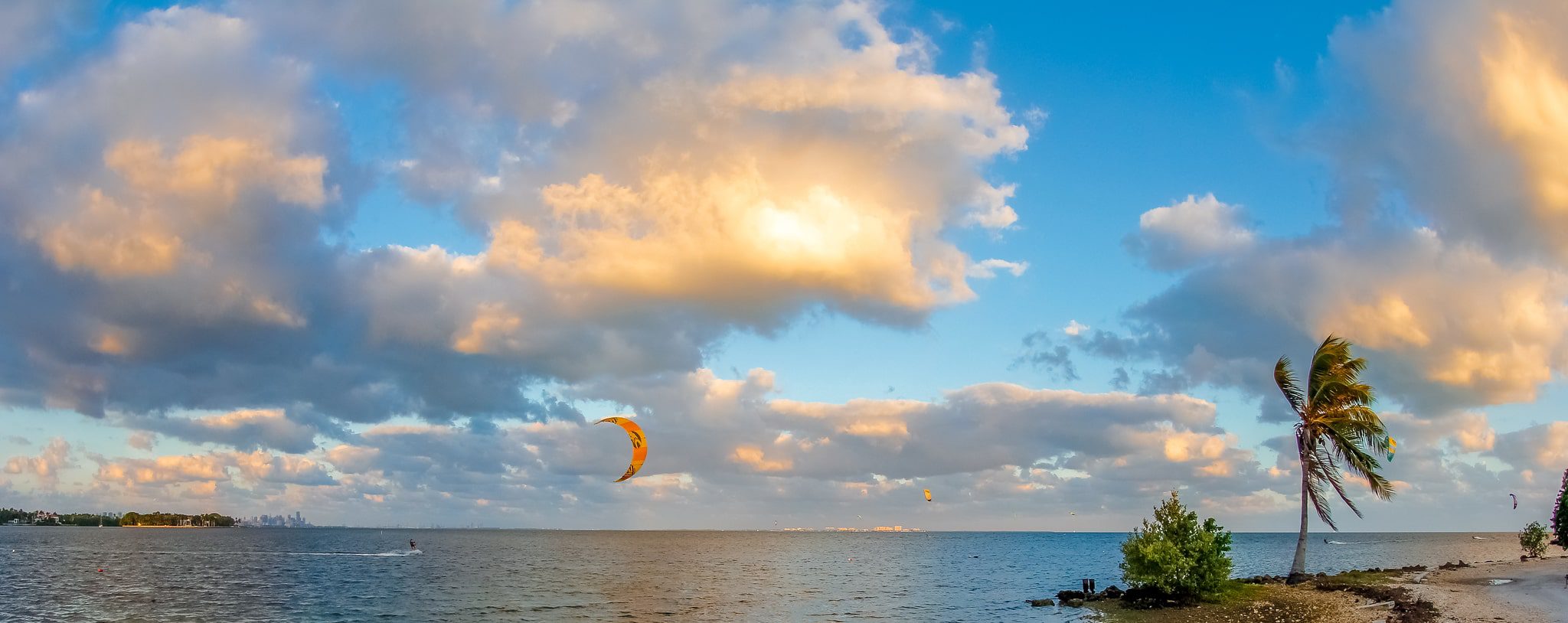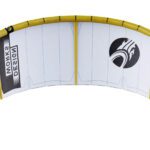
Effects of Air Pressure, Temperature, and Humidity in Kitesurfing.
Kitesurfing, also known as kiteboarding, is an adrenaline-filled sport that involves using a kite and board to ride on the water. Kitesurfing is a combination of windsurfing, surfing, and paragliding. Kitesurfers rely heavily on weather conditions, as different weather factors can significantly affect their performance and safety. This article will discuss the effects of air pressure, temperature, and humidity on kitesurfing.
Overview of Air Pressure, Temperature, and Humidity.
Before diving into the effects of air pressure, temperature, and humidity on kitesurfing, we must understand these factors and how they relate to each other.
Air pressure is the force exerted by the weight of the atmosphere on the earth’s surface. It is measured using a barometer and expressed in pressure units, such as millibars or inches of mercury.
Temperature is a measure of how hot or cold the air is. It is measured using a thermometer and is expressed in degrees Celsius or Fahrenheit.
Humidity is the amount of water vapor present in the air. It is measured using a hygrometer and is expressed as a percentage.
The Effects of Air Pressure on Kitesurfing.
Air pressure plays a crucial role in determining wind speed and direction. When there is a difference in air pressure between two areas, air will flow from the high-pressure area to the low-pressure area. This movement of air creates wind.
Kitesurfers relies heavily on the wind to propel themselves across the water. Different wind speeds and directions can affect the kitesurfer’s speed, direction, and control. When the air pressure is high, the wind will blow stronger and faster, providing better conditions for kitesurfing. On the other hand, when the air pressure is low, the wind will be weaker and more unpredictable, making it difficult for kitesurfers to control their kite.
The Effects of Temperature on Kitesurfing.
Temperature can also affect kitesurfing. The water will be colder when the temperature is low, and kitesurfers must wear thicker wetsuits to stay warm. This additional clothing can restrict movement and make it more challenging to perform certain maneuvers.
When the temperature is high, the water will be warmer, and kitesurfers may not need to wear as much clothing. However, hot temperatures can also lead to thermal winds, which are gusty and unpredictable. Thermal winds can be dangerous for kitesurfers, as they can cause sudden changes in wind speed and direction.
The Effects of Humidity on Kitesurfing.
Humidity can also impact kitesurfing. High humidity levels can make the air feel heavier, making it more challenging for kitesurfers to control their kite. Humidity can also cause fog, reducing visibility and making it difficult for kitesurfers to navigate.
Low humidity levels, on the other hand, can cause the air to feel dry. This can make it harder for kitesurfers to breathe, especially if they are performing high-intensity maneuvers.
The ideal conditions for kitesurfing include moderate to strong wind, warm water temperature, and clear skies with good visibility. Generally, wind speeds between 15 to 25 knots are ideal for kitesurfing, although experienced kitesurfers may be able to handle stronger winds. Water temperatures between 20 to 25 degrees Celsius are comfortable for most kitesurfers, although wetsuits can be worn in colder waters. Good visibility is also essential, as kitesurfers need to see potential hazards in the water and other kitesurfers around them.
Conclusion.
In conclusion, air pressure, temperature, and humidity can significantly affect kitesurfing. Kitesurfers need to be aware of these weather factors and how they can impact their performance and safety. By understanding the effects of air pressure, temperature, and humidity on kitesurfing, kitesurfers can better prepare for their next session on the water.
Author
Latest entries
 WatersportsSeptember 16, 2024Cabrinha Moto X: Enjoy the Ride
WatersportsSeptember 16, 2024Cabrinha Moto X: Enjoy the Ride WatersportsMay 19, 2024Cabrinha 2024 Moto XL Review: The Ultimate Lightwind Kite
WatersportsMay 19, 2024Cabrinha 2024 Moto XL Review: The Ultimate Lightwind Kite WatersportsDecember 16, 2023Kiteboarding Travel
WatersportsDecember 16, 2023Kiteboarding Travel WatersportsDecember 14, 2023RED BULL KING OF THE AIR 2023
WatersportsDecember 14, 2023RED BULL KING OF THE AIR 2023




